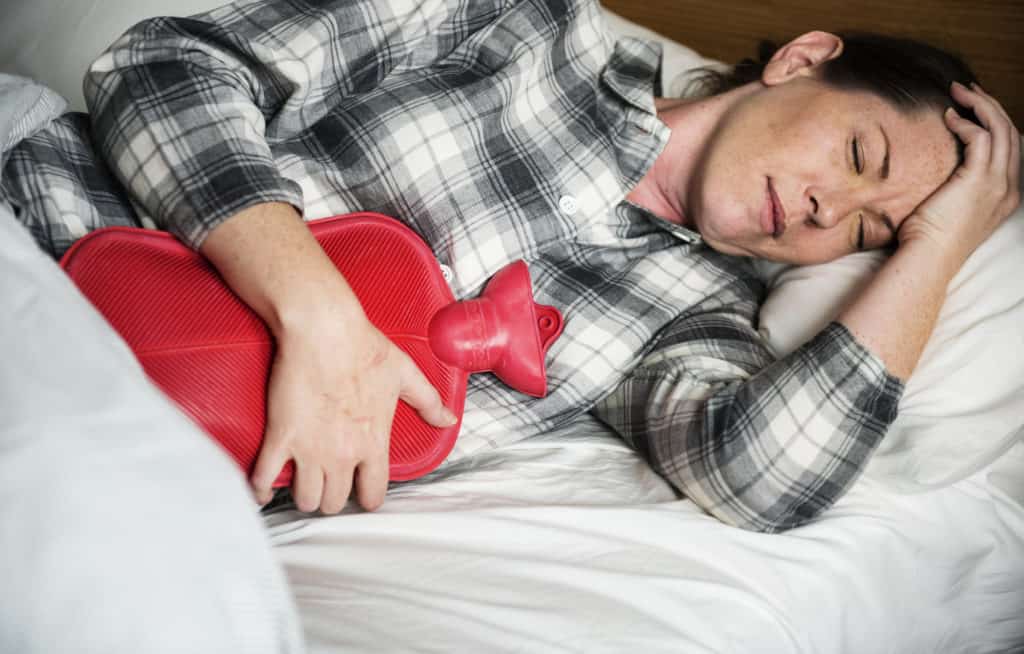
Do you suffer from severe period cramps that stop you in your tracks?
Menstrual cramps are a common, accepted occurrence that menstruating women experience every time they have a period.
But what’s the science? What causes them?
Scientists believe that excessive release of “prostaglandins” from the uterine lining as they prepare to shed causes menstrual cramps.
While a certain amount of mild cramping is average when it is excessive and periods are heavy many women can experience debilitating cramps and pain.
Regular treatments for period cramps include taking anti-inflammatory medications like NSAIDs. But what else can you do?
More Blogs From Nancy Branberg
How Can I Fix My Pelvic Tilt?
Is The Fear of Covid-19 Stalling Your Path To Recovery?
Why Does My Hip Pain Still Linger After Pregnancy?
What Are Period Cramps?
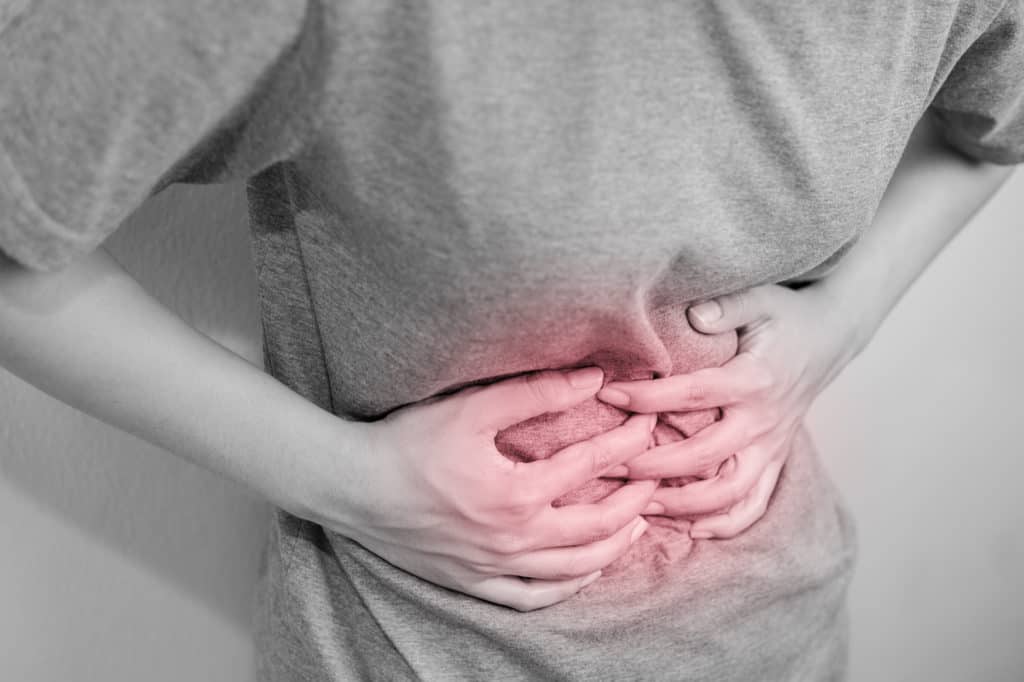
Period cramps are a regular occurrence that occurs at the onset of periods and occurs in the abdomen, thighs, and lower back.
Most women get them before and during their period, but some can get them at the end of their bleed. They can also occur in the middle of the cycle around ovulation.
Still, they're called “mittelschmerz” or ovulation pains when they occur mid-cycle.
In most young women, periods cramps begin to occur within six to twelve months of their first menstrual period.
They then fluctuate in frequency and happen regularly in most, if not all, cycles. But are they really “healthy”?
Arguably, no. In a healthy cycle period pains should be mild or not at all. But in the Western world, this is rare.
Instead, most women experience menstrual cramps before and during their cycle, with pains intensifying with the onset of bleeding. The cramps usually remain for one to three days.
Frequently, they're more intense at the beginning of the period, lessen in severity over hours, and can become random in their occurrence.
In some women, they are mild, but in others, they may be severe. Around one in ten women experience intense menstrual cramps that impact their daily routine.
There is no cut-and-dried template for a "normal period." We're all individuals and our periods are too.
But we generally experience moderate to severe pain for the first 2-3 years of our menstrual life-cycle. After that, the pain tends to decrease over time and after pregnancy and childbirth.
But it can worsen again in perimenopause when estrogen levels begin to rise and fall erratically, and ovulation (and progesterone production) becomes sporadic.
However, it's important to remember that severe menstrual cramps may be linked to an underlying medical condition like adenomyosis or endometriosis.
So, if you have bad menstrual cramps, you should discuss the issue with your OB-GYN in the first instance to rule out an underlying condition.
It's also good to track your symptoms throughout your cycle to look for patterns.
Familiarizing yourself with your menstrual cycle can bring wide-ranging mental and physical health benefits, not least giving your doctor important information on your menstrual cycle and pain patterns.
What Causes Cramps?
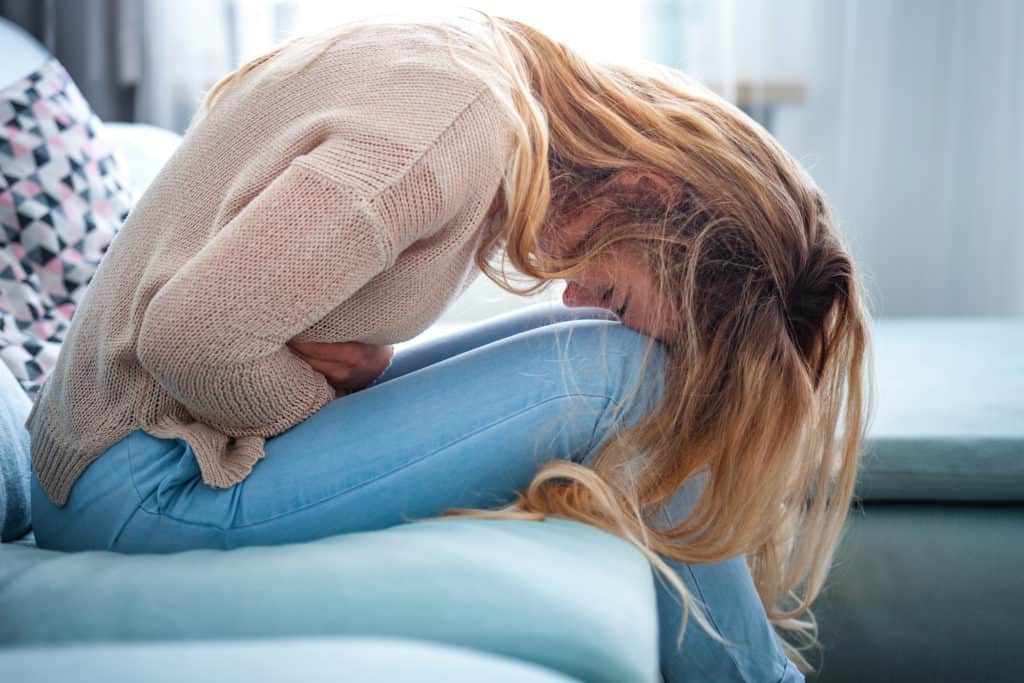
Cramps can be classified as primary or secondary. In primary dysmenorrhea, the pain arises due to the period. Secondary dysmenorrhea is pain due to an underlying medical cause like endometriosis.
While menstrual cramps are most likely because of the extra release of prostaglandins (a hormone kind of compound released from the uterine lining).
This compound helps in the relaxation and contraction of the uterus to facilitate the discharge (or shedding) of the endometrium (the lining of the uterus).
But while prostaglandins are essential for menstruation, when the lining of the uterus is shed, when there is an excess, it can cause excess pain.
But in most women who suffer from period cramps and an excess of prostaglandin release, the root cause is mostly unknown.
Scientists believe that excess inflammation could be the cause because Prostaglandins and inflammation interlink.
Plus, women who complain of severe menstrual pain are usually found to have an increase in inflammation levels – despite taking other factors into account that could contribute to higher inflammatory markers.
Additionally, an increase in inflammation is linked to the intensity of premenstrual symptoms and mood swings.
Studies also indicate that women with heavy bleeding or more prolonged periods are more inclined to experience painful periods if menstruation begins earlier or they suffer from irregular periods.
Some other factors linked to experiencing painful periods are being underweight and/or overweight, suffering from a pelvic infection, smoking, etc.
Women who have an undiagnosed sexually transmitted infection can also be more likely to suffer from premenstrual conditions like cramps than other women.
How To Relieve Menstrual Cramps
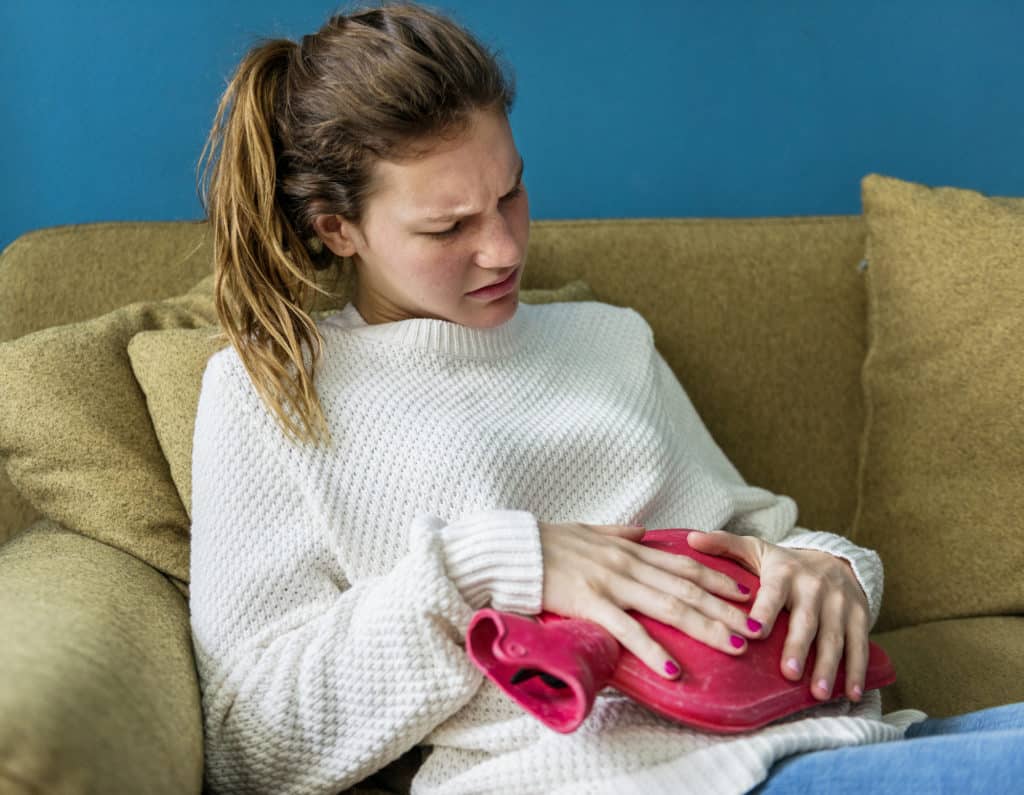
If you suffer from irregular, painful, and heavy periods, you need to locate the root cause and have it treated accordingly.
Additional treatments to alleviate cramps, like hormonal birth control, can help control the buildup and shedding of the endometrial lining.
Still, they also come with side effects for your long-term health, so they shouldn't be used as a Band-Aid.
Effective methods to relieve painful menstrual cramps need to:
Some things that can help do this include:
Taking a hot bath:
The warm water and the feeling of total body relaxation can help soothe menstrual cramps.
Using a hot water bottle or gentle heat compression:
This strategy is a tried and tested method of relieving menstrual cramps and pain. Time and again, it proves to be among the most effective pain alleviation methods.
Apart from being easy to adopt, there are no side effects. Studies have indicated that heat compression works as effectively as medication in treating menstrual cramps.
The easiest way to try this heat therapy method is by using a water bottle or a heating pad.
Making changes in your diet:
Trying to eat more anti-inflammatory foods, drinking more water, and reducing alcohol and processed foods, and refined sugar can all contribute to lower levels of inflammation and reduce the intensity of periods cramps.
Relieving stress and anxiety:
Chronic stress can cause you to be in a permanent state of "fight or flight," which can cause the tense muscle in the pelvic area. Muscle tension like this can contribute to menstrual cramps.
Giving up smoking or the use of tobacco products:
Smoking and other unhealthy lifestyle habits contribute to chronic inflammation, which can increase the severity of menstrual cramps.
Adopting a daily exercise regime:
Daily exercise is a great way to improve your metabolic health, which is directly linked to your reproductive health. Exercise also increases blood and oxygen flow to the uterus and, over time, contributes to lower levels of inflammation.
Anti-Inflammatory medication:
Anti-inflammatory medication is one of the most common ways to alleviate painful periods. These include NSAIDs like ibuprofen that control the release of prostaglandins and relieve inflammation.
While other over-the-counter medications can assist in pain management, they are not as effective in treating menstrual cramps.
For patients with heavy bleeding, NSAIDs are beneficial as well. But we always recommend that you find and treat the root cause instead of resorting to medication with potential long-term health effects.
Hormone treatment:
Another option that many women adopt is hormonal contraceptives, like a hormonal IUD or pill, to prevent or relieve cramps.
These work because the synthetic hormones they contain control ovulation and restrict excessive release and shedding of the endometrial lining.
This helps in the control of prostaglandins, which are one of the most likely causes of cramps and painful contractions.
But again, we would urge caution in using these products and instead recommend you consult with a women’s health specialist to find the underlying root cause of your painful and heavy periods or consider using body-identical natural progesterone.
TENS (Transcutaneous nerve stimulation):
Can help treat the muscle spasms associated with period cramps. TENS (transcutaneous nerve stimulation) is an FDA-approved treatment for period cramps.
It involves using a small machine that releases a low-voltage current on the skin's surface, leading to an increase in the pain threshold and promoting the release of endorphins.
This may be used in combination with medication and other methods.
Get The Help That You Deserve Today!
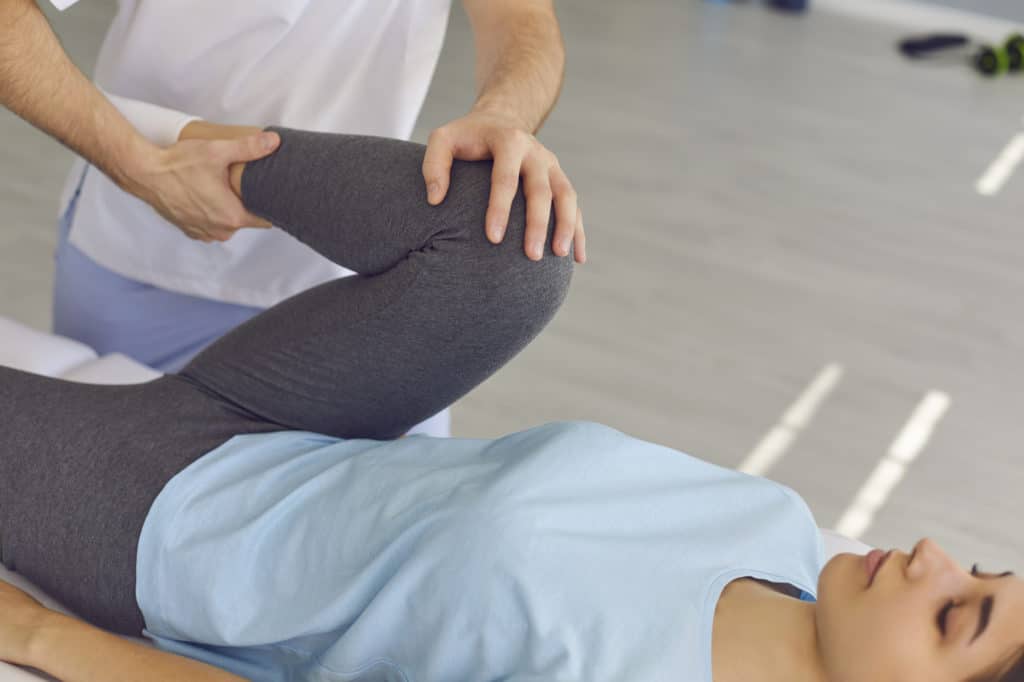
All the things on the above list can help. Still, we urge you to seek out the root cause of your period cramps if they are so severe that they affect your daily life - starting with a consult with your Oby-Gyn and potentially a transvaginal ultrasound.
If there is no obvious reason for your cramps, like endometriosis, fibroids, or endometrial hyperplasia (an overgrowth of the uterine lining), please come and see us for a consultation on how we can help you.
We can guide you through various stretching movements and exercises to strengthen and increase blood flow to the pelvic floor, which can help minimize menstrual cramps and improve your reproductive health. Plus, your first consultation is free.


